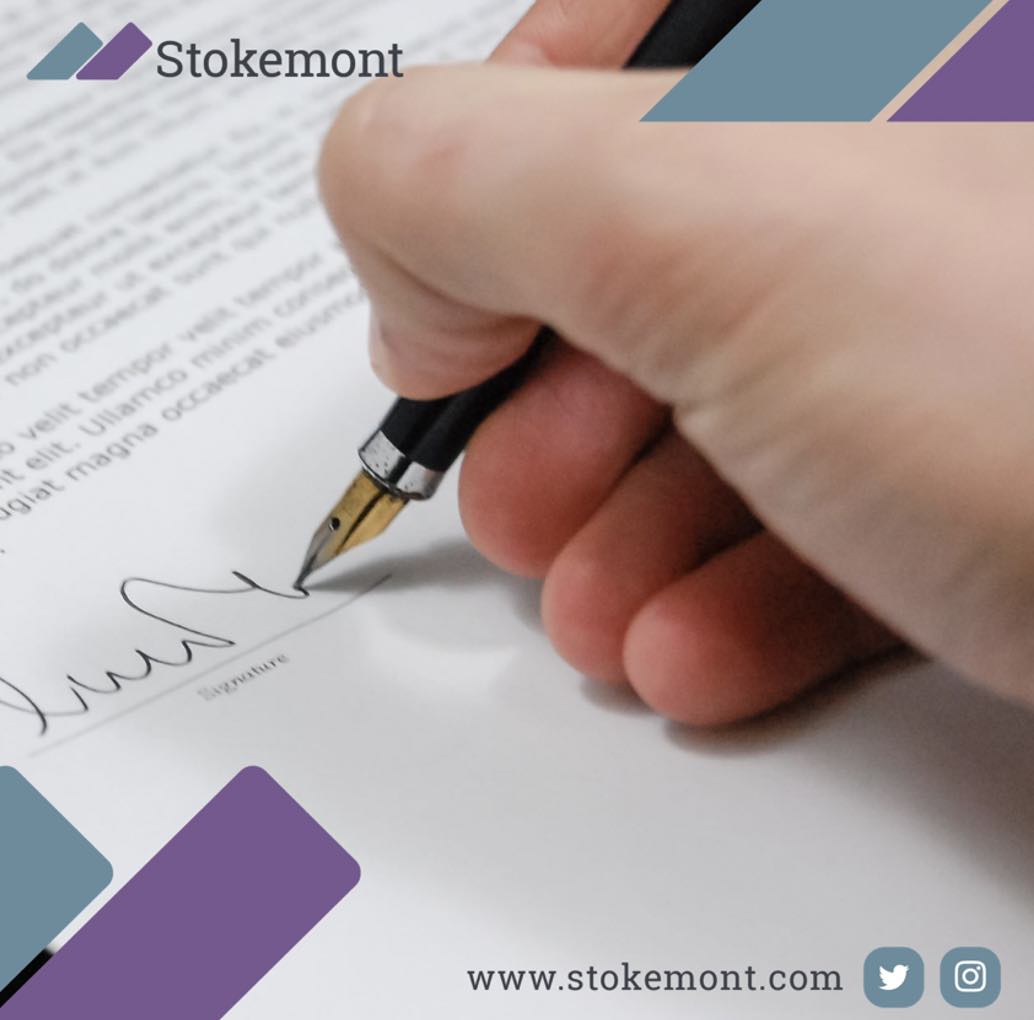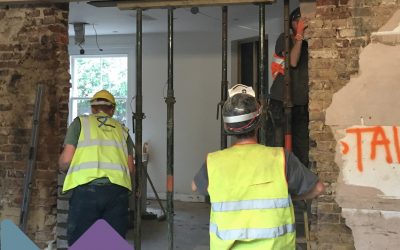It’s time for another instalment of our property surveying blog series and we would like to thank you for taking the time to read it!
In this post we will be looking into the License to Alter process and more specifically the different types of covenants which are included within a property’s lease.
First, what is a License to Alter?
A License to Alter is a legal document that a leaseholder is required to obtain prior to making alterations to their property which forms part of a freehold property. Typically, a license to alter is required if a leaseholder intends to change the structure, building services, internal layout, or location of windows.
Usually, a leaseholder would not require a license to alter if they are planning on redecorating, changing carpets, or putting up shelves etc. However, this ultimately depends on the terms set out within the lease as these can vary.
What does a License to Alter consist of?
Within the license the agreed works in which the leaseholder can undertake are outlined a long with the conditions of how the leaseholder must undertake these. For example, the hours in which works can take place & the management of waste etc.
What is a License to Alter covenant?
Within each lease there are various types of covenants which relate to how a leaseholder must approach altering their property. In the lease it will state the covenant for alterations and the wording of this will help determine how likely it will be to be able to undertake alterations to a leasehold property.
Some covenants indicate that the alteration process will be a simple and straightforward process. Although, others will signal that it will be a timely and costly process.
What are the different types of covenants?
Within leases there are usually three different types of alteration covenants:
Fully Qualified Covenant:
If you are a leaseholder this form of covenant would be the ideal clause to have within your lease. Essentially, this covenant is the most facilitating and will indicate that it is likely that the freeholder will consent to your proposals and the consent cannot be unreasonably withheld.
An example of this covenant can be seen below:

Qualified Covenant:
If you are a leaseholder and this form of covenant is in the lease your works are prohibited unless the freeholder has given you consent. The freeholder does not have to consent to your works, and it is entirely in their inclination. Typically, the freeholder will charge a fee to consent to the leaseholder’s proposals. This covenant will usually be worded the same as a fully qualified covenant with the only difference being that it will not include ‘unreasonably witheld’.
An example of this covenant can be seen below:

Absolute Covenant:
This is considered the worst-case scenario if you are planning on making changes to your property as a leaseholder. With this covenant in place, all alterations to the premises are embargoed.
An example of this covenant can be seen below:

What does the License to Alter process consist of?
To start with a surveyor will review the lease to identify what the alterations covenant is as this will establish whether it is likely that the leaseholder’s proposal’s will be accepted.
Once the covenant has been identified the surveyor will then undertake a review of the proposed works to identify the short- and long-term risks of the works and implement measures to reduce the risk on the building’s fabric.
Following on from this the appointed surveyor will then contact the freeholder informing them of the leaseholder’s proposals. At this stage there will likely be discussions between the surveyor and the freeholder regarding the proposals and any issues will be ironed out.
Moving forward a Schedule of Condition will be undertaken and all areas which may potentially be affected by the leaseholder’s proposals are thoroughly inspected and the condition is documented prior to the commencement of the works.
Post site inspection the draft license will then be written up with both the leaseholder’s and freeholder’s advisor’s input. Once there is an agreement in place over the license this will then be issued to leaseholder, and they are then free to proceed with the works.
Upon completion of the leaseholder’s works the surveyor will then carry out a post works inspection to identify if any issues have arisen as a result of the works. Any issues that are deemed to be caused by the leaseholder’s works must then be rectified at the cost of the leaseholder.
If you are a leaseholder who is intending on making alterations to your property we would be delighted to help!
The team here at Stokemont have years of experience in dealing with License to Alter matters and we would be thrilled to assist with yours.
Please feel free to give one of our License to Alter surveyors a call today to discuss your proposals!




